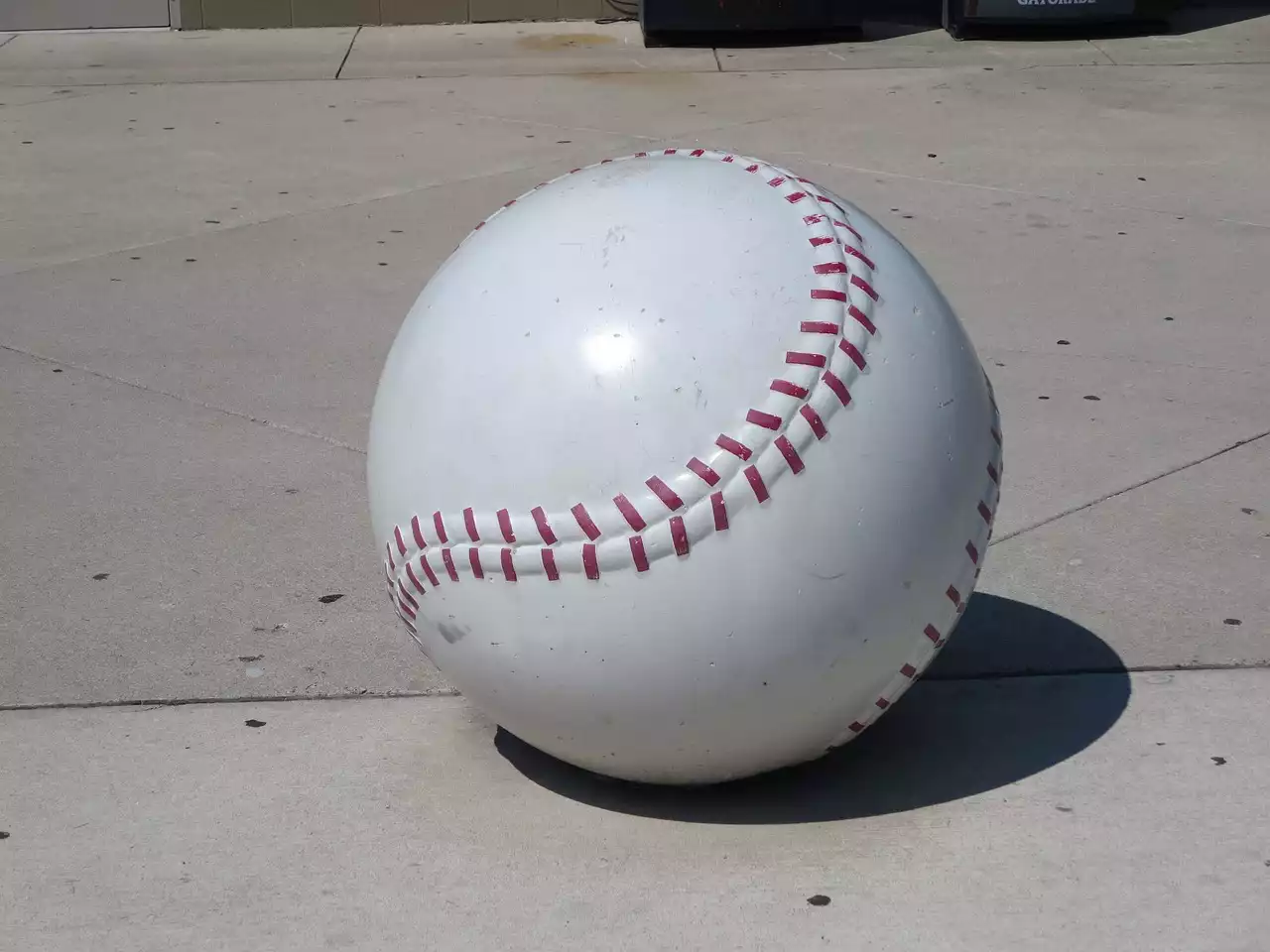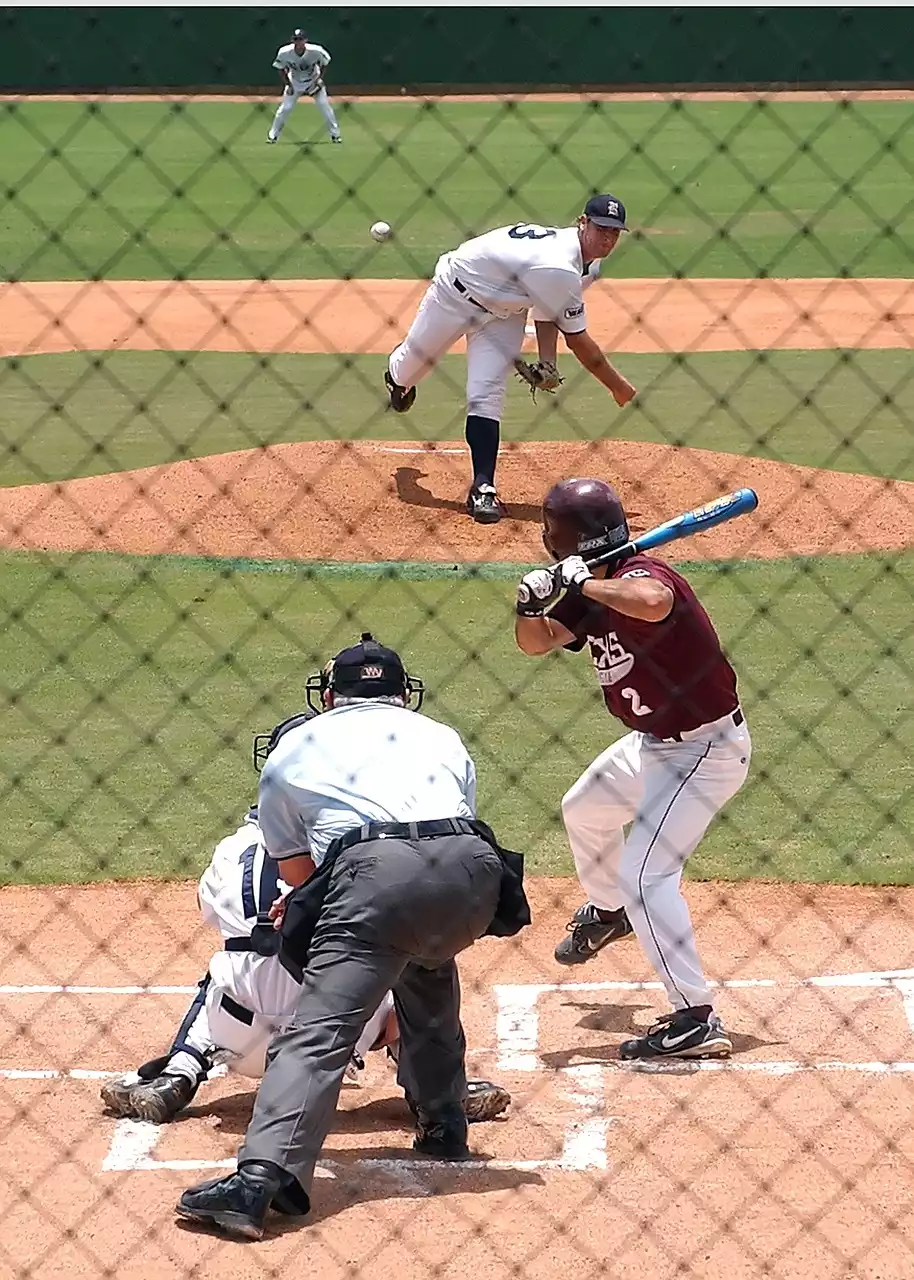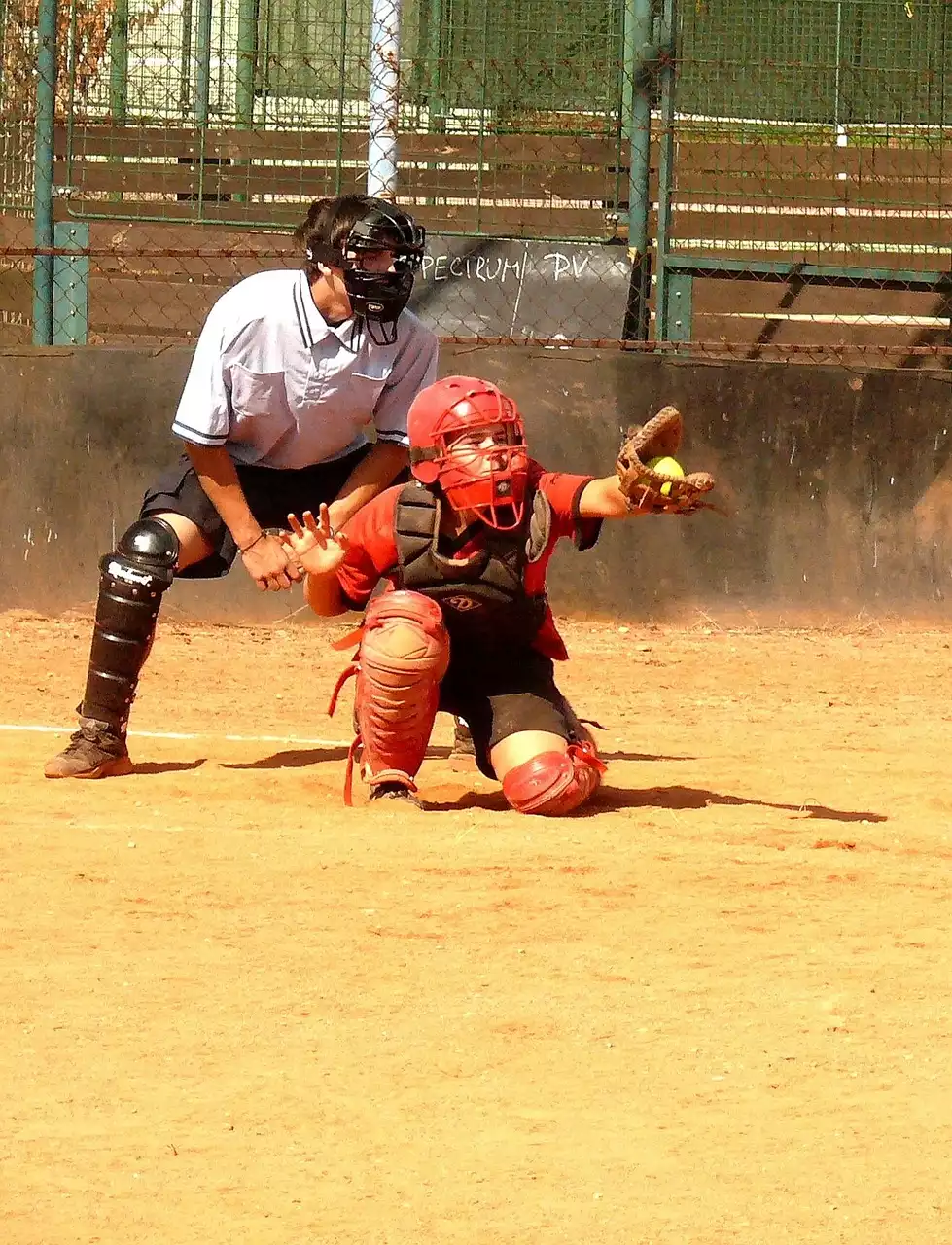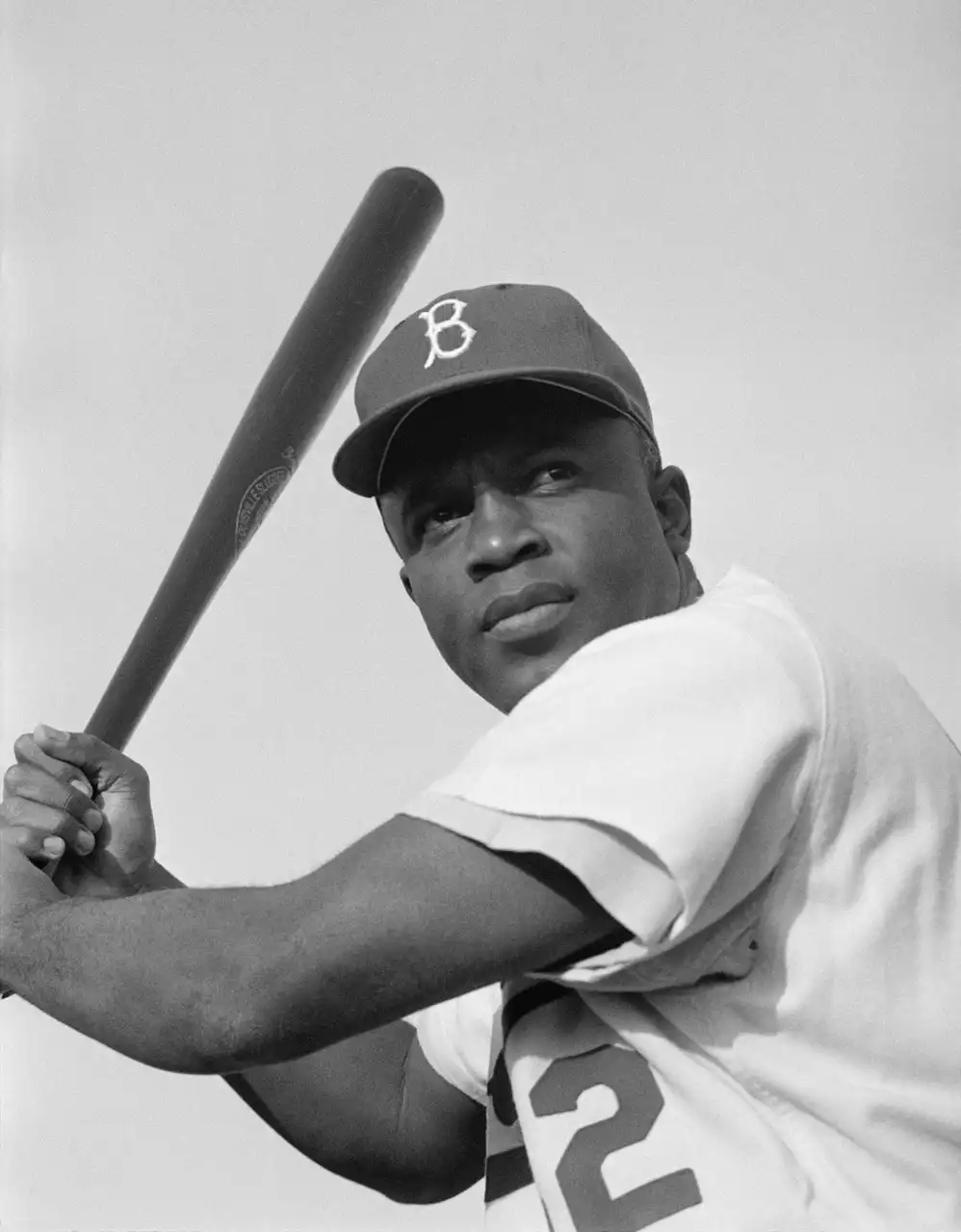Number of Players and Positions
The number of players involved in a baseball game varies depending on whether it’s a professional or recreational game. Professional games are usually played with nine players on each team, while recreational games often have fewer players. The nine players on a professional team typically consist of a pitcher, catcher, first baseman, second baseman, third baseman, shortstop, left fielder, center fielder, and right fielder. The pitcher is responsible for throwing the ball to the batter, while the catcher is responsible for catching the ball when the batter hits it. The infielders are responsible for catching and throwing the ball from the infield, while the outfielders are responsible for catching and throwing the ball from the outfield.
The number of players in a recreational game may vary, but typically teams will have between seven and nine players. The positions are similar to those in a professional game, but teams may have a designated hitter instead of a pitcher. The designated hitter is responsible for hitting in place of the pitcher and does not need to be involved in the defensive plays.
Equipment Used in Baseball
Baseball is a game that requires a variety of equipment to play. The most important pieces of equipment are the ball, bat, and gloves. The ball used in baseball is a 9-inch circumference round ball made of cork and rubber and covered with leather. The bat is usually made of wood or aluminum and is used to hit the ball. The gloves worn by the players are designed to help them catch and throw the ball more easily. Other pieces of equipment used in baseball include the bases, batting helmets, and protective gear.
Size and Type of Ball Used in Baseball
The ball used in baseball must be a 9-inch circumference round ball and must be made of cork and rubber, covered with leather and weighing between 5 and 5.25 ounces. The ball must also have 108 stitches and be able to bounce at least 60 feet when thrown at a 45-degree angle. The type of ball used in baseball varies depending on the level of play. Professional leagues use a harder leather ball, while recreational leagues use a softer, synthetic material ball.
Size and Type of Bat Used in Baseball
The bat used in baseball must be made of wood or aluminum and be no more than 2.75 inches in diameter at its thickest point. The length of the bat must be no more than 42 inches and the weight must be no more than 36 ounces. The type of bat used in baseball also varies depending on the level of play. Professional players typically use wooden bats, while recreational players often use aluminum bats.
Pitching Rules in Baseball
Pitching is one of the most important aspects of baseball. The pitcher is responsible for throwing the ball to the batter and must adhere to a set of rules. The pitcher must stand on the pitcher’s mound, which is a raised area in the center of the infield. The pitcher must throw the ball within the strike zone, which is an area over home plate between the batter’s shoulders and knees. The pitcher must also throw the ball within the legal pitching speed, which is 80-95 mph for professional players.
Batting Rules in Baseball
Batting is the act of hitting the ball with the bat and is one of the most important aspects of baseball. The batter must stand in the batter’s box, which is an area in front of the home plate. The batter must swing at any pitch that is thrown within the strike zone. The batter must also make contact with the ball and must not interfere with the catcher’s attempt to catch the ball. The batter must also run to first base after hitting the ball.
Base Running Rules in Baseball
Base running is the act of running the bases and is one of the most important aspects of baseball. The runner must touch each base in order and must not run outside the baseline. The runner must also avoid contact with the fielder while running and must not interfere with the fielder’s attempt to catch the ball. The runner must also run within the legal running speed, which is 60-80 mph for professional players.
Fielding Rules in Baseball
Fielding is the act of catching and throwing the ball and is one of the most important aspects of baseball. The fielder must catch any ball that is thrown or hit within their reach and must throw the ball accurately and quickly to the target. The fielder must also avoid contact with the runner while fielding the ball and must not interfere with the runner’s attempt to reach the base. The fielder must also run within the legal running speed, which is 60-80 mph for professional players.
Umpire Rules in Baseball
The umpire is responsible for making sure that the rules of the game are followed and that the game is played fairly. The umpire must make sure that the pitcher is throwing within the legal pitching speed and that the batter is swinging at any pitch that is thrown within the strike zone. The umpire must also make sure that the fielder is catching any ball that is thrown or hit within their reach and that the runner is running within the legal running speed.
Scoring Rules in Baseball
Scoring in baseball is determined by the number of runs scored by each team. A run is scored when a runner touches all four bases and crosses home plate. A team can score extra runs if the runner is able to reach home plate before the ball is thrown to the catcher. Runs can also be scored if the batter hits a home run, which is when the ball is hit out of the playing field.











